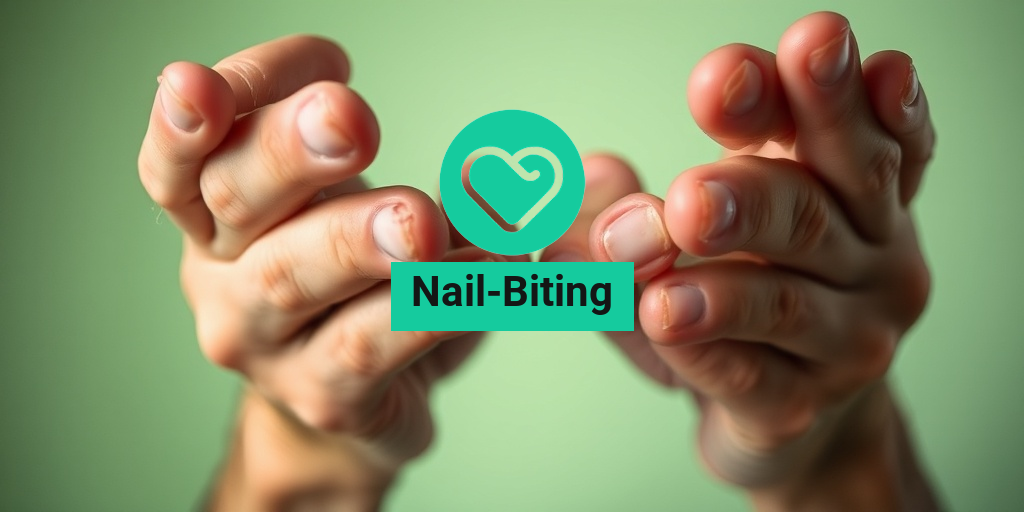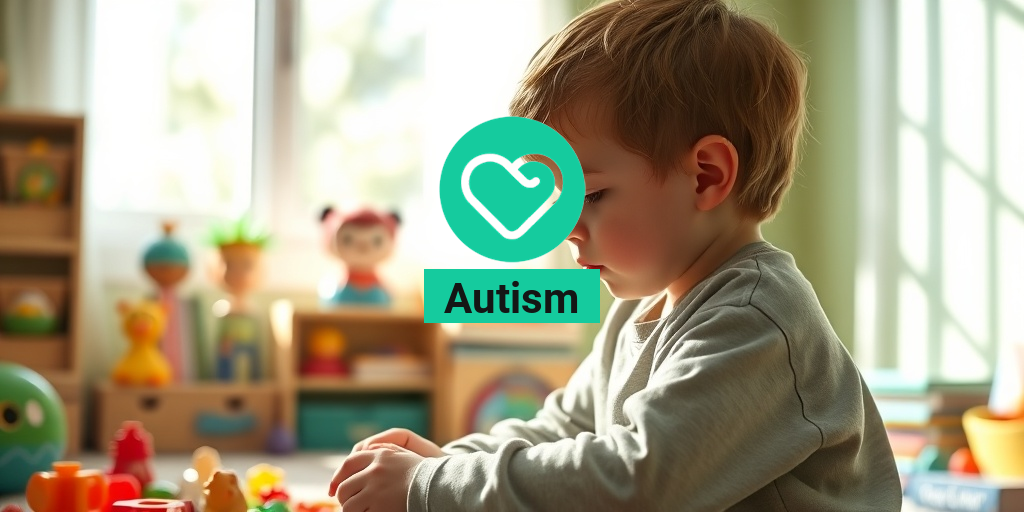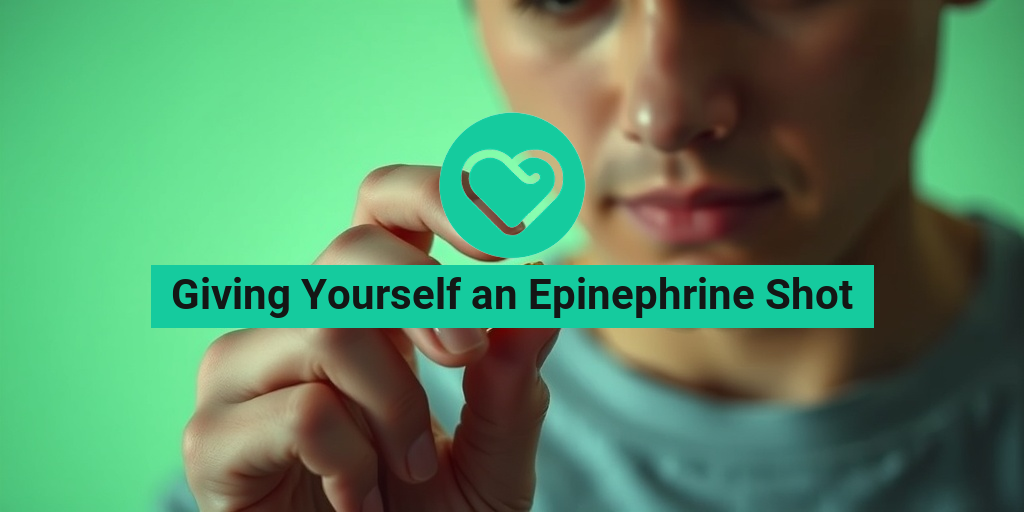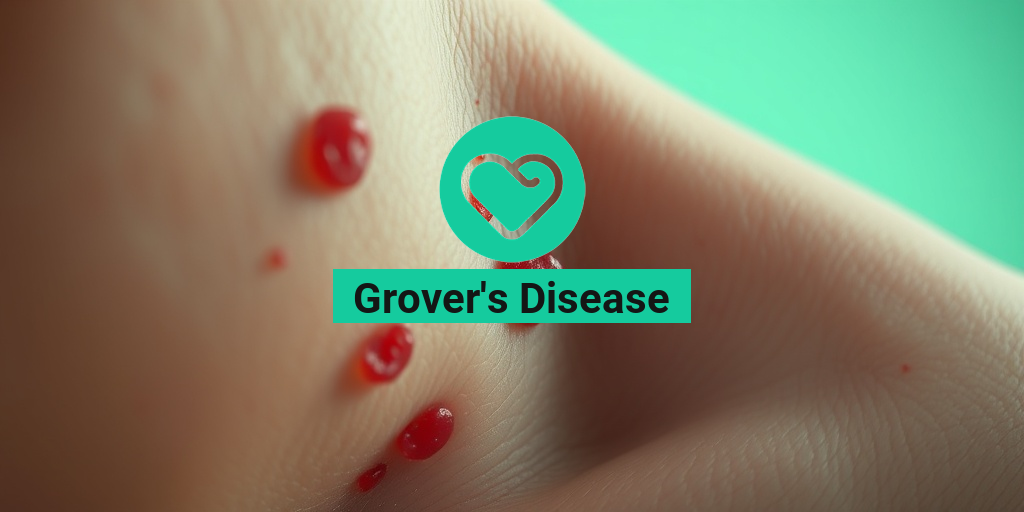Nail-Biting Overview
Nail-biting, clinically known as onychophagia, is a common habit that affects people of all ages. This behavior often begins in childhood and can persist into adulthood, leading to various physical and psychological consequences. While it may seem like a harmless habit, nail-biting can indicate underlying stress, anxiety, or even boredom. Understanding the reasons behind this behavior is crucial for those looking to break the cycle.
What Causes Nail-Biting?
There are several factors that can contribute to nail-biting, including:
- Stress and Anxiety: Many individuals bite their nails as a coping mechanism during stressful situations. This behavior can provide temporary relief from anxiety.
- Habitual Behavior: For some, nail-biting becomes a habitual response to boredom or restlessness, often occurring unconsciously.
- Genetics: Research suggests that nail-biting can run in families, indicating a possible genetic predisposition.
- Perfectionism: Individuals with perfectionist tendencies may bite their nails as a way to manage their feelings of inadequacy or frustration.
Recognizing these triggers is the first step toward addressing the habit. If you find yourself biting your nails, consider keeping a journal to track when and why you engage in this behavior. This can help you identify patterns and develop strategies to manage your urges.
Impact of Nail-Biting
While nail-biting may seem trivial, it can lead to several negative consequences:
- Physical Damage: Frequent nail-biting can cause damage to the nails and surrounding skin, leading to infections and painful hangnails.
- Dental Issues: Biting nails can affect your dental health, potentially leading to misalignment of teeth or damage to dental work.
- Social Stigma: Nail-biting can be perceived as an unappealing habit, which may lead to embarrassment in social situations.
For those struggling with nail-biting, it’s essential to seek support and explore effective strategies to overcome this habit. Resources like Yesil Health AI can provide evidence-based information and tips to help you on your journey.
Nail-Biting Symptoms
Identifying the symptoms of nail-biting can help you understand the severity of the habit and its impact on your life. Here are some common symptoms associated with nail-biting:
Physical Symptoms
- Damaged Nails: Nails may appear uneven, broken, or chewed down to the quick.
- Skin Irritation: The skin around the nails may become red, swollen, or infected due to constant biting.
- Dental Problems: You may notice wear on your teeth or increased sensitivity due to the pressure from biting.
Emotional Symptoms
- Increased Anxiety: Nail-biting often correlates with heightened feelings of anxiety or stress.
- Feelings of Guilt: Many individuals feel guilty or ashamed about their nail-biting habit, which can exacerbate anxiety.
- Frustration: The inability to stop biting nails can lead to feelings of frustration and helplessness.
Behavioral Symptoms
- Increased Frequency: You may find yourself biting your nails more frequently during stressful situations or when bored.
- Unconscious Behavior: Nail-biting can become an automatic response, often occurring without conscious awareness.
If you recognize these symptoms in yourself or someone you know, it may be time to take action. Breaking the cycle of nail-biting can be challenging, but with the right strategies and support, it is possible to overcome this habit. Consider reaching out to a healthcare professional or utilizing resources like Yesil Health AI for guidance.
In conclusion, understanding nail-biting and its symptoms is the first step toward addressing this common habit. By recognizing the underlying causes and seeking support, individuals can work towards healthier coping mechanisms and improved well-being. 🌟
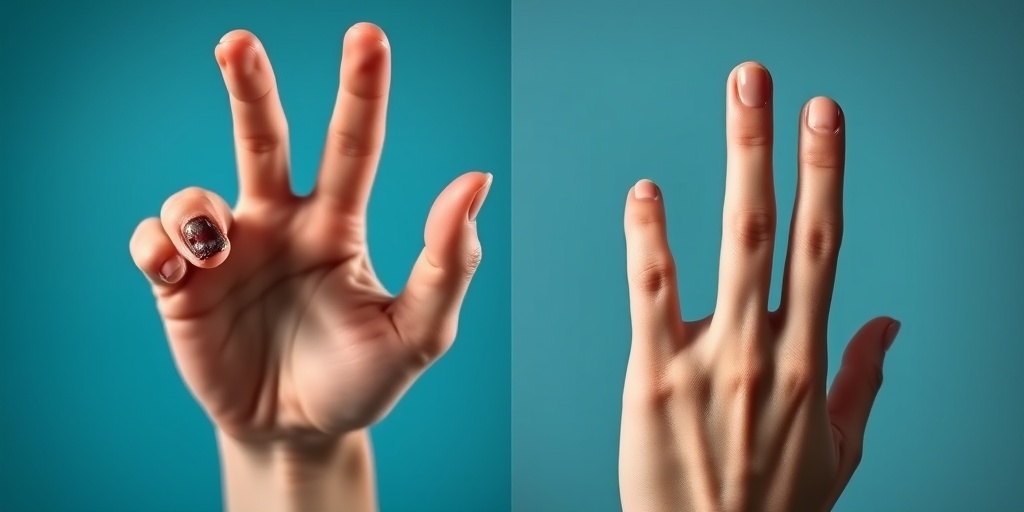
Causes of Nail-Biting
Nail-biting, also known as onychophagia, is a common habit that affects many individuals, often starting in childhood and persisting into adulthood. Understanding the causes of nail-biting can help in addressing this behavior effectively. Here are some of the primary reasons why people bite their nails:
1. Stress and Anxiety
One of the most significant triggers for nail-biting is stress and anxiety. Many individuals resort to this habit as a coping mechanism during stressful situations, such as exams, work deadlines, or personal issues. The act of biting nails can provide a temporary sense of relief, making it a common response to anxiety.
2. Boredom and Restlessness
Sometimes, nail-biting occurs out of sheer boredom or restlessness. When individuals find themselves in situations where they feel idle or unengaged, they may unconsciously start biting their nails as a way to occupy their hands and minds.
3. Habitual Behavior
Nail-biting can also develop into a habitual behavior over time. Once a person starts biting their nails, it can become a routine action that they perform without even realizing it. This habitual nature makes it challenging to break free from the cycle of nail-biting.
4. Perfectionism
For some, nail-biting is linked to a desire for perfectionism. Individuals who are perfectionists may bite their nails when they feel that things are not going as planned or when they are dissatisfied with their performance in various aspects of life.
5. Genetic Factors
Research suggests that there may be genetic factors involved in nail-biting. If a family member has a history of nail-biting or other similar habits, there is a higher likelihood that an individual may also develop this behavior.
6. Psychological Disorders
In some cases, nail-biting can be associated with underlying psychological disorders, such as obsessive-compulsive disorder (OCD) or attention-deficit hyperactivity disorder (ADHD). These conditions can lead to increased anxiety and compulsive behaviors, including nail-biting.
Risk Factors for Nail-Biting
While nail-biting can affect anyone, certain risk factors may increase the likelihood of developing this habit. Understanding these factors can help in identifying individuals who may be more prone to nail-biting:
1. Age
Nail-biting is most prevalent among children and adolescents. As children navigate various social and academic pressures, they may resort to nail-biting as a coping mechanism. However, many continue this habit into adulthood.
2. Family History
A family history of nail-biting or other similar habits can significantly increase the risk. If parents or siblings engage in nail-biting, children may be more likely to adopt this behavior as well.
3. Personality Traits
Certain personality traits, such as being highly anxious or having a tendency towards perfectionism, can make individuals more susceptible to nail-biting. Those who are more prone to stress may find themselves biting their nails as a way to cope.
4. Environmental Factors
Environmental factors, such as stressful home or school environments, can contribute to the development of nail-biting. Children who experience high levels of stress or conflict at home may be more likely to engage in this behavior.
5. Social Influences
Peer pressure and social influences can also play a role in nail-biting. If a child observes their friends or classmates biting their nails, they may be more inclined to mimic this behavior.
6. Other Habits
Individuals who engage in other habits, such as hair-pulling or skin-picking, may also be at a higher risk for nail-biting. These behaviors often coexist and can be manifestations of similar underlying issues.
Understanding the causes and risk factors associated with nail-biting is crucial for developing effective strategies to overcome this habit. By addressing the underlying issues and triggers, individuals can work towards breaking free from nail-biting and improving their overall well-being. 🌟
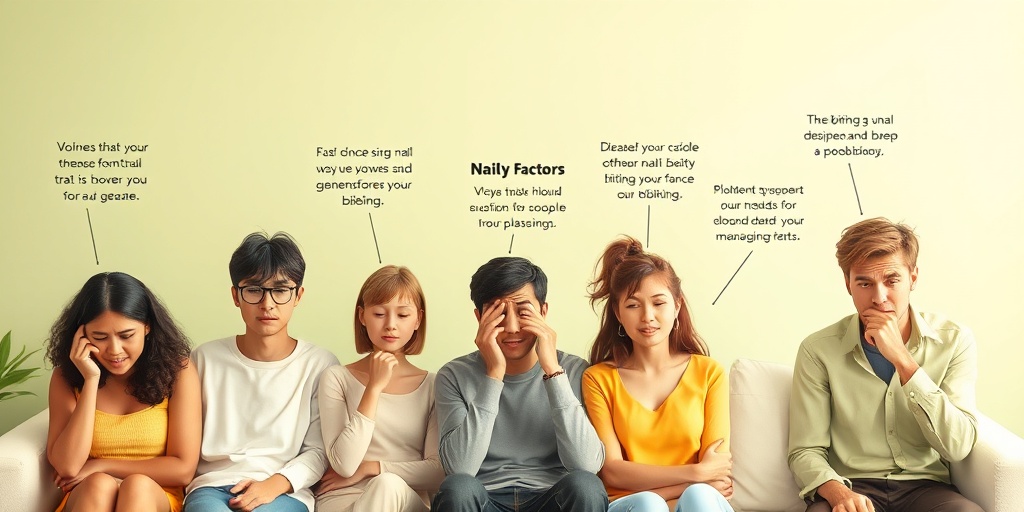
Nail-Biting Diagnosis
Nail-biting, clinically known as onychophagia, is a common habit that affects many individuals, often starting in childhood and persisting into adulthood. While it may seem like a harmless behavior, it can sometimes indicate underlying psychological issues or stress. Understanding how nail-biting is diagnosed can help individuals seek the right treatment and support.
Identifying Nail-Biting Behavior
The first step in diagnosing nail-biting is recognizing the behavior itself. Nail-biting can manifest in various ways, including:
- Frequent biting: Regularly biting nails to the point of damage.
- Accompanying behaviors: Engaging in other habits like skin picking or hair pulling.
- Emotional triggers: Noticing that nail-biting occurs during stressful situations or moments of anxiety.
Consulting a Professional
If nail-biting becomes excessive or leads to physical harm, it may be time to consult a healthcare professional. A doctor or psychologist can help assess the severity of the habit and its potential causes. During the evaluation, they may ask questions such as:
- When did you start biting your nails?
- Do you notice any specific triggers that lead to nail-biting?
- How often do you find yourself biting your nails?
These questions can help identify whether nail-biting is a standalone habit or part of a larger issue, such as anxiety or obsessive-compulsive disorder (OCD).
Diagnostic Criteria
While there are no formal diagnostic criteria specifically for nail-biting, mental health professionals may use criteria from the Diagnostic and Statistical Manual of Mental Disorders (DSM-5) to evaluate the behavior. If nail-biting is severe enough to cause significant distress or impairment in social, occupational, or other important areas of functioning, it may be classified as a body-focused repetitive behavior (BFRB).
Nail-Biting Effects on Health
Nail-biting can have several negative effects on both physical and mental health. While it may seem like a minor issue, the consequences can be more serious than many realize.
Physical Health Risks
One of the most immediate concerns with nail-biting is the potential for physical harm. Here are some of the key health risks associated with this habit:
- Infections: Biting nails can introduce bacteria and germs from your hands into your mouth, leading to infections. This is particularly concerning if you have any cuts or abrasions around your nails.
- Nail Damage: Chronic nail-biting can cause permanent damage to the nail bed, leading to irregular nail growth or even loss of the nail.
- Dental Issues: Biting nails can lead to dental problems, including misalignment of teeth and damage to dental work.
Mental Health Implications
Beyond the physical effects, nail-biting can also impact mental health. Individuals who bite their nails often report feelings of:
- Anxiety: Nail-biting is frequently a response to stress or anxiety, creating a cycle where the habit exacerbates feelings of nervousness.
- Shame or Embarrassment: Many people feel self-conscious about their nail-biting habit, which can lead to social anxiety and avoidance of situations where their hands are visible.
- Low Self-Esteem: The inability to control nail-biting can lead to feelings of inadequacy or failure, further impacting mental well-being.
Breaking the Cycle
Recognizing the effects of nail-biting on health is the first step toward breaking the habit. Strategies such as behavioral therapy, mindfulness practices, and stress management techniques can be effective in reducing nail-biting behavior. Additionally, using bitter-tasting nail polish or keeping nails trimmed short can serve as practical deterrents.
In conclusion, while nail-biting may seem like a trivial habit, its implications for both physical and mental health are significant. Understanding the diagnosis and effects can empower individuals to seek help and make positive changes. 🌟
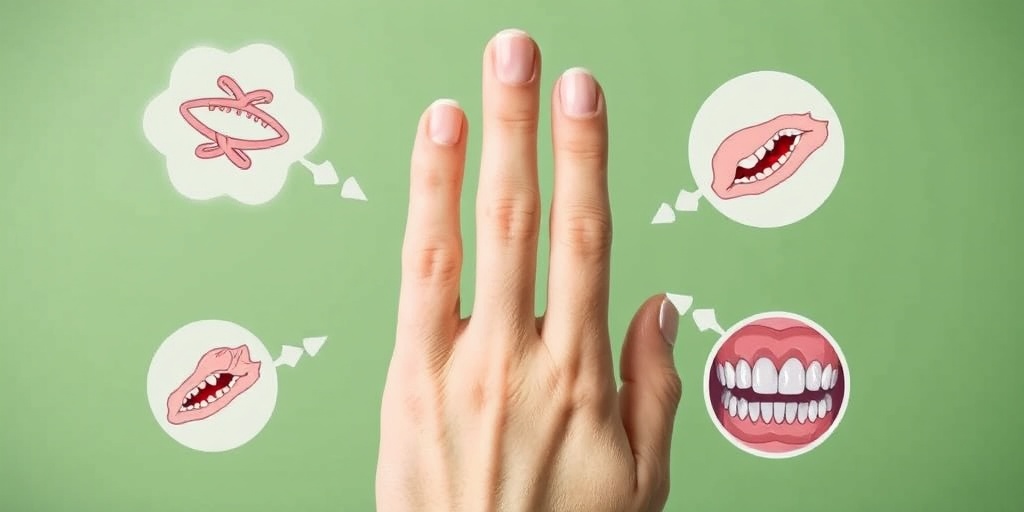
Nail-Biting Treatment Options
Nail-biting, also known as onychophagia, is a common habit that many people struggle with. It can lead to various health issues, including infections and damaged nails. Fortunately, there are several effective treatment options available to help individuals break this habit. Here are some of the most popular methods:
1. Behavioral Therapy
One of the most effective ways to combat nail-biting is through behavioral therapy. This approach focuses on identifying the triggers that lead to the habit and developing strategies to manage them. Techniques such as cognitive-behavioral therapy (CBT) can help individuals understand the underlying causes of their nail-biting and replace the behavior with healthier alternatives.
2. Habit-Reversal Training
Habit-reversal training is a specific type of behavioral therapy that involves becoming more aware of the nail-biting behavior and substituting it with a competing response. For example, when you feel the urge to bite your nails, you might instead squeeze a stress ball or engage in another activity that keeps your hands busy. This method has shown promising results in reducing nail-biting frequency.
3. Nail-Biting Deterrents
There are various products available that can help deter nail-biting. These include:
- Bitter-tasting nail polish: Applying a bitter-tasting polish to your nails can make the act of biting them unappealing.
- Finger gloves: Wearing gloves or finger covers can physically prevent you from biting your nails.
- Fidget toys: Keeping your hands occupied with fidget toys can reduce the urge to bite your nails.
4. Mindfulness and Relaxation Techniques
Many individuals bite their nails as a response to stress or anxiety. Practicing mindfulness and relaxation techniques, such as meditation or deep breathing exercises, can help manage these feelings and reduce the urge to bite your nails. Incorporating these practices into your daily routine can lead to a significant decrease in nail-biting behavior.
5. Professional Help
If nail-biting persists despite trying various methods, seeking professional help from a psychologist or counselor may be beneficial. They can provide tailored strategies and support to help you overcome this habit effectively.
Nail-Biting Prevention Strategies
Preventing nail-biting is just as important as treating it. Here are some effective strategies to help you avoid falling back into this habit:
1. Identify Triggers
The first step in preventing nail-biting is to identify what triggers the behavior. Keep a journal to note when and where you tend to bite your nails. Understanding your triggers can help you develop strategies to avoid them.
2. Keep Your Nails Trimmed
Keeping your nails short and well-groomed can reduce the temptation to bite them. When your nails are neat, there’s less to chew on, making it easier to resist the urge. Regular manicures can also serve as a reminder to keep your nails looking good, which may discourage biting.
3. Use Stress-Relief Techniques
Since stress is a common trigger for nail-biting, incorporating stress-relief techniques into your daily routine can be beneficial. Activities such as yoga, exercise, or engaging in hobbies can help manage stress levels and reduce the likelihood of nail-biting.
4. Create a Support System
Having a support system can make a significant difference in your journey to stop nail-biting. Share your goals with friends or family members who can help keep you accountable. They can also provide encouragement and support when you feel the urge to bite your nails.
5. Reward Yourself
Set small goals for yourself and reward your progress. For instance, if you go a week without biting your nails, treat yourself to something special. Positive reinforcement can motivate you to continue working towards breaking the habit.
By implementing these treatment options and prevention strategies, you can take significant steps towards overcoming nail-biting. Remember, breaking a habit takes time and patience, so be kind to yourself throughout the process. 🌟
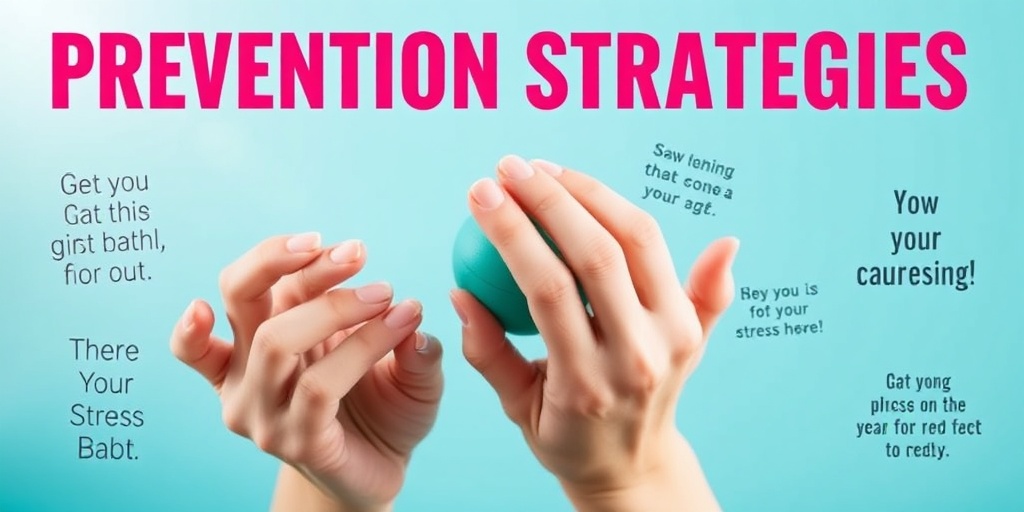
Frequently Asked Questions about Nail-Biting
What is the meaning of nail-biting?
The term nail-biting refers to the habit of biting one’s nails, often associated with anxiety or stress. It can also describe situations that are extremely tense or suspenseful, such as a nail-biting finish in a sports event or movie.
Are there any synonyms for nail-biting?
Some synonyms for nail-biting include anxiety-inducing, tense, and suspenseful. These terms can be used to describe both the habit and situations that evoke similar feelings.
What are some effective ways to stop nail-biting?
- Identify triggers: Recognize what causes you to bite your nails.
- Keep nails trimmed: Short nails can reduce the temptation to bite.
- Use bitter-tasting nail polish: This can deter you from biting.
- Practice stress-relief techniques: Engage in activities like meditation or exercise.
- Seek professional help: Consider therapy or counseling if the habit persists.
Is nail-biting considered self-harm?
While nail-biting is not typically classified as self-harm, it can lead to physical damage and infections. If the habit is severe and causes injury, it may be beneficial to consult a mental health professional.
Can nail-biting lead to infections?
Yes, frequent nail-biting can result in broken skin around the nails, increasing the risk of infections. It’s important to maintain good hygiene and seek medical advice if you notice any signs of infection.
What are some nail-biting thriller movies to watch?
If you’re looking for nail-biting thrillers, consider checking out popular titles on streaming platforms like Netflix. These films often keep viewers on the edge of their seats with suspenseful plots and unexpected twists.
How can I explain nail-biting to my child?
When explaining nail-biting to a child, use simple language. You might say, “Some people bite their nails when they feel nervous or bored. It’s important to find other ways to feel calm and keep our hands busy!”
What should I do if my pet is biting their nails?
If your pet is frequently biting their nails, it could indicate stress or discomfort. It’s best to consult a veterinarian to rule out any underlying health issues and to discuss potential solutions.
Can hypnotherapy help with nail-biting?
Some individuals have found success in overcoming nail-biting through hypnotherapy. This method can help address the underlying anxiety that triggers the habit, making it easier to break free from it.
How long does it take to stop nail-biting?
The time it takes to stop nail-biting varies from person to person. With consistent effort and the right strategies, many individuals can see significant improvement within a few weeks to months.

